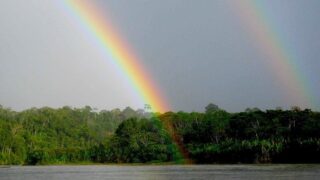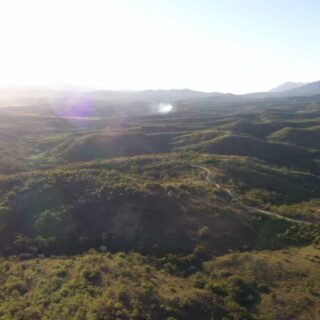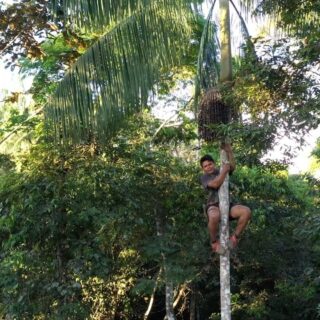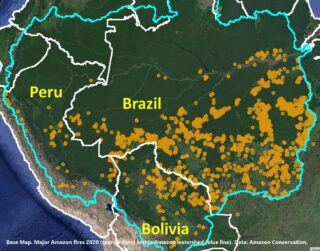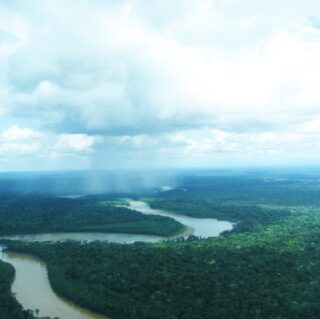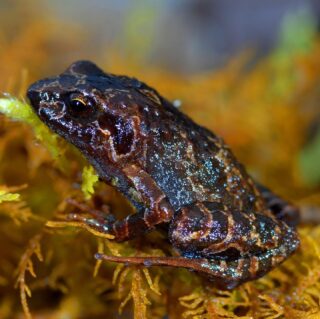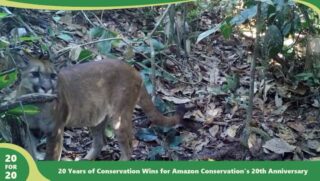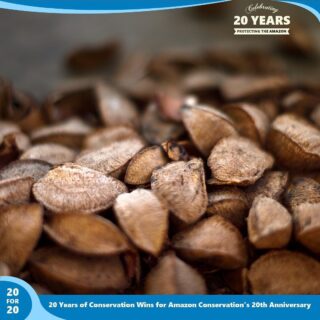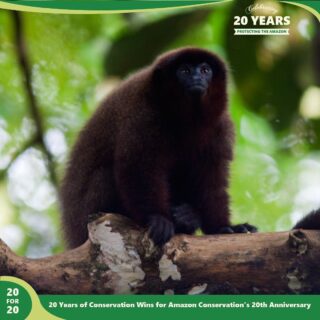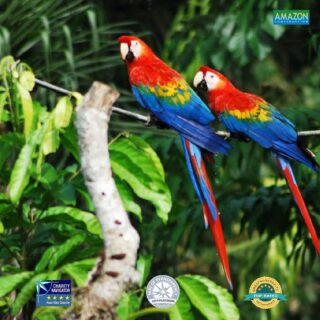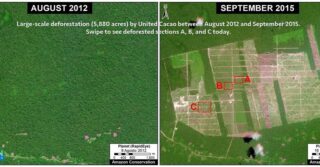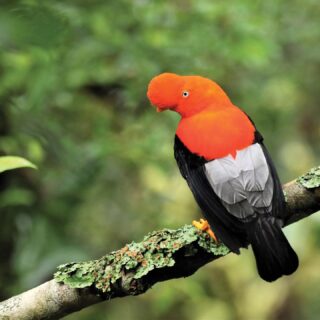
Spectacled bears, the only native bear species in South America, live in the cloud forest and other high-elevation areas along the spine of the Andes. They are considered an emblematic species for Peru and a sign of strength for the highlands indigenous community of Japu, which has conserved communal forests in the bear’s name.
But one of Peru’s most beloved animals is under serious threat. Deforestation caused by expanding agriculture and hunting has cut the wild spectacled bear population to fewer than 18,000. Their cloud forest home is extremely sensitive to climate change. As plant species must migrate upslope to stay within their temperature and rainfall ranges, we can expect animals dependent on them, like spectacled bears, to be forced to climb higher as well.
Conserving Andean cloud forest gives species more room to move, a core goal behind ACA’s work to protect this fragile landscape. And it’s working. Spectacled bears (Tremarctus ornatus) are regularly spotted by camera traps at Wayqecha Biological Station (see the top image in this newsletter!).
Establishing highlands protected areas will further extend their habitat. In 2012, we helped the Japu community create a 45,000-acre private conservation area called Ukumari Llaqta, Quechua for “land of the spectacled bear.” Over the past two years, we have worked closely with the government to develop new protected areas for mountain forests—when declared, these will set aside up to 1.8 million acres for roaming species like the spectacled bear.

 Meet Denisse Mateo, whose thesis research will help unlock secrets of the spectacled bears’ diet. The 30-year-old student is pursuing her Master’s at Universidad Peruana Cayetano Heredia in Lima, and is one of six Peruvian university students who received a research scholarship from ACA in 2014. To date, ACA has provided research scholarships to more than 225 students through the generous support of foundations and donors like you.
Meet Denisse Mateo, whose thesis research will help unlock secrets of the spectacled bears’ diet. The 30-year-old student is pursuing her Master’s at Universidad Peruana Cayetano Heredia in Lima, and is one of six Peruvian university students who received a research scholarship from ACA in 2014. To date, ACA has provided research scholarships to more than 225 students through the generous support of foundations and donors like you. 
